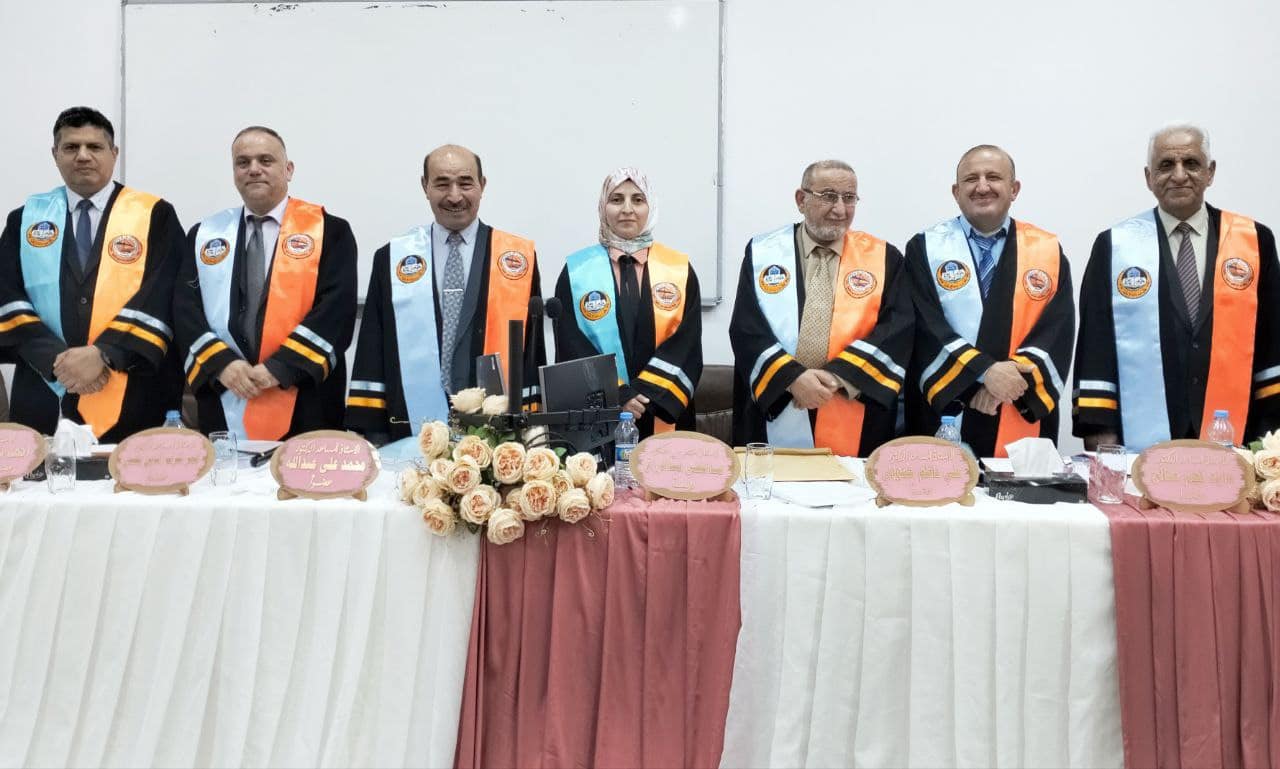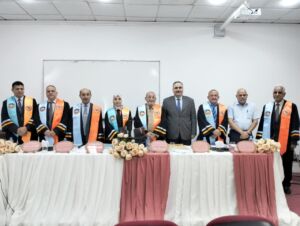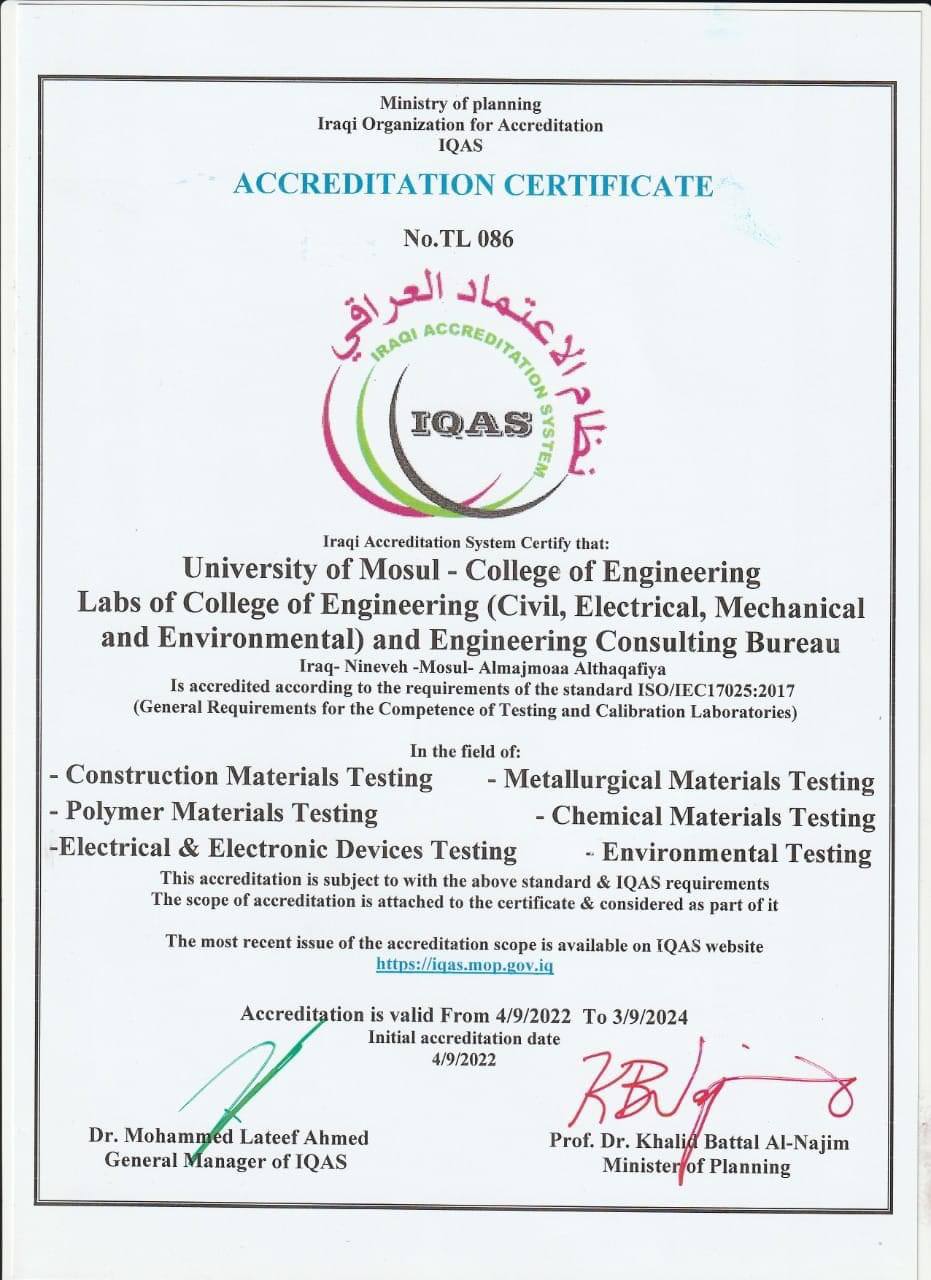28 April، 2024
PH.D dissertation on “Power System Weak Regions Supporting by Hybrid Generation Based AI for Transient Stability Improvement”

PHD dissertation was discussed in Department of Electrical Engineering / College of Engineering at University of Mosul, specialize in Electrical Engineering, entitled “ Power System Weak Regions Supporting by Hybrid Generation Based AI for Transient Stability Improvement”, submitted by (Hiba Nadhim Ameen Mohammed Al-Kaoaz ), Supervised By Prof. Dr. Ahmed Nasser B. Alsammak On Sunday, April, 28, 2024.
The dissertation aimed to employ hybrid renewable power system which consists of a solar photovoltaic array, wind turbines, capacitor banks, and distributed generators to improve transient stability and support weak regions in power systems by artificial intelligence.
The thesis discussed Evaluating the optimal location and size of the hybrid energy system to improve transient stability and voltage stability and support weak regions in power systems. The simulations are performed using ETAP software with the IEEE standard 57 bus systems. V-Q sensitivity analysis is employed to determine the bus participation factors and eigen values for this system. These factors then used to identify the weak buses using voltage stability index (VSI). Three-phase fault is applied for the selected buses, based on the clustering algorithm to analyze transient stability and choose the worst case using rotor trajectory index (RTI). On the other side, to solve the reactive power problems, a genetic algorithm based optimizer is used to find the optimum capacitor bank with constrains voltage value between 0.9-1.05 and a power factor between 0.90 lagging to unity to minimize the system losses. The study focuses on the VSI, RTI and losses as indexes to monitor the behaver of the system before and after adding HRES. These indexes with the size and location of HRES are used as an input-output data set to create a new neural network (NN). Equilibrium Optimizer (EO) is used to obtain the optimal size and location of the HRES from the NN data set.
The results showed that when the priority is for minimizing RTI, the optimal size and location of the HRES is at bus#12 with a size 20% of the load bus, when the priority is minimizing VSI only or two indicators (RTI and VSI), the optimal value for HRES location is 10% at bus#57 20% at bus#32 and bus #34 which are near to the weakest bus of the system (bus#31). When minimum losses are adopted, the results give an optimal size 20% and location at bus # 44.when the priority for is minimizing two indicators (VSI & Losses), the optimal size and location of HRES is at bus#57 with 10%. Finally, when using the minimum index (MI) that included the summation of all three indexes (VSI, RTI, Losses), the results give the optimal size for HRES is 25% at bus # 18.























